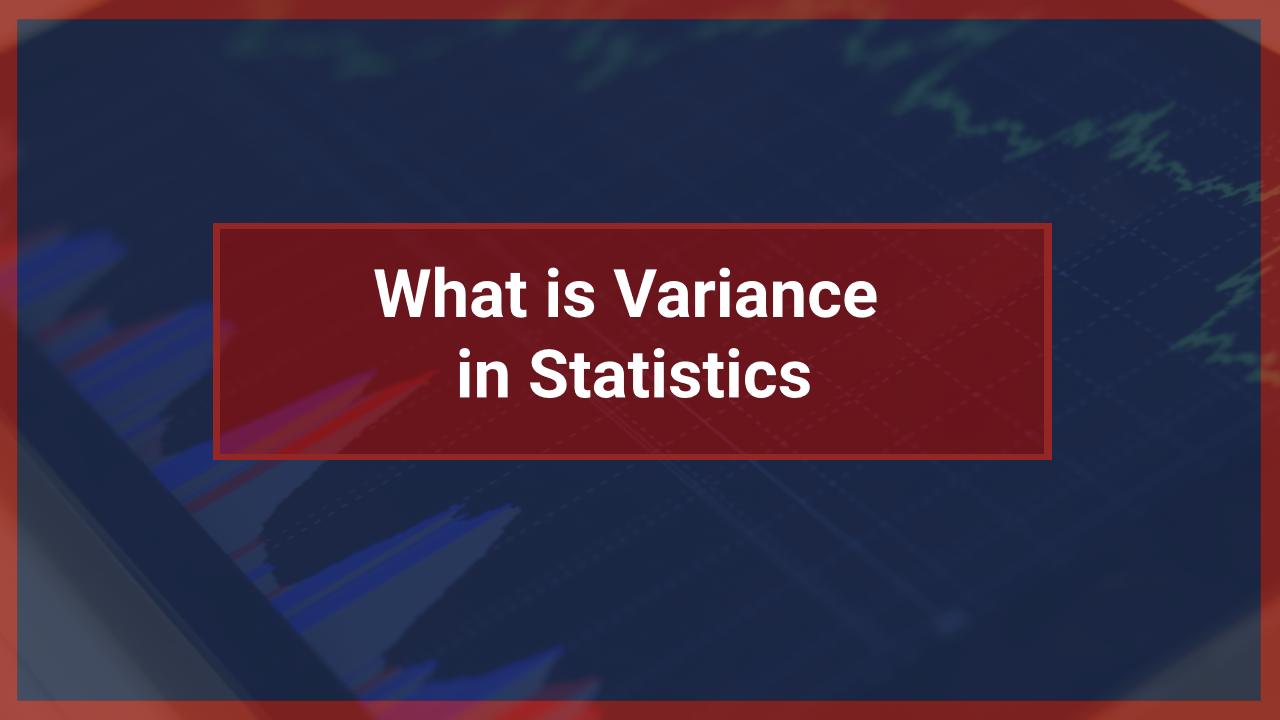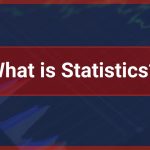What is Variance in Statistics?
Navigating the vast ocean of statistics can seem overwhelming, especially when encountering intricate terminologies. One term that often pops up and leaves many scratching their heads is variance. So, what is variance in statistics? In this guide, we’ll embark on a journey to demystify variance and its significance in the world of statistics. So, buckle up, and let’s get started!
Understanding the Basics of Statistical Variance
- What is ‘What is Variance in Statistics?’
- At its core, variance measures the spread or dispersion of a set of data points in a dataset. In other words, it gives you an idea of how far each number in the set is from the mean and, thus, from every other number in the set.
- Variance Vs. Standard Deviation
- If you’re thinking variance sounds a lot like standard deviation, you’re on the right track! However, while both are measures of dispersion, variance gives the squared distribution, while standard deviation is the square root of variance.

Significance of Variance in Real-world Scenarios
- Market Research & Consumer Behavior
- Ever wondered how businesses predict consumer behavior? Variance plays a role here. A high variance indicates diverse consumer behavior, whereas low variance hints at consistency.
- Financial Market Analyses
- In the finance world, variance helps investors understand the volatility of their investments. More variance? More risk!
Calculating Variance: A Step-by-Step Guide
- Identifying Your Data Set
- Before diving into calculations, you’ll want to gather and organize your data. Whether it’s test scores, customer reviews, or any other data, having it sorted will make your life a lot easier.
- Computing the Mean
- Find the average of your data set. This will be your reference point.
- Finding the Differences
- Here, subtract the mean from each data point. This will give you a set of differences.
- Squaring and Averaging
- Square each difference, sum them up, and then divide by the number of data points. Voilà, you’ve got your variance!
The Relationship Between Variance and Other Statistical Measures
- Correlation and Covariance
- Variance is a building block for other measures like correlation and covariance. Understanding variance is akin to holding the key to these concepts.
- Central Limit Theorem and Variance
- Variance is pivotal in understanding the Central Limit Theorem, which plays a significant role in hypothesis testing.
Real-world Applications and Case Studies
- Variance in Quality Control
- In manufacturing, variance helps in monitoring product quality. Lesser friction often translates to consistent quality.
- Sports and Player Performance
- Wondered how coaches and sports analysts gauge player consistency? Variance gives insights into a player’s performance consistency across games.
FAQs
- What is the primary purpose of variance in statistics? Variance offers insights into the dispersion or spread of data in a dataset. It tells us how much individual data points deviate from the mean.
- How does variance differ from standard deviation? Variance provides the squared dispersion, while standard deviation is its square root, giving a more intuitive sense of spread.
- Why is understanding variance crucial for market research? Variance sheds light on consumer behavior consistency. High variance might indicate unpredictable behaviors, which is essential for marketing strategies.
- Can variance be negative? No, variance can’t be negative since it’s based on the squared differences from the mean.
- Is higher variance always a bad thing? Not necessarily. In some scenarios, like investments, higher variance indicates more risk, but in research, it might indicate more diverse data.
- Does variance give a clear picture of data distribution? While variance provides insights into data spread, it’s better to consider other statistics like skewness and kurtosis for a more comprehensive view of data distribution.
Conclusion
The world of statistics, with its myriad terms and concepts, can often seem like a labyrinth. However, understanding fundamental concepts like variance can light your path. As we’ve seen, the relevance of “What is variance in statistics?” extends beyond textbooks and into real-world scenarios affecting decision-making in businesses, finance, and sports. So, the next time you’re faced with a data set, you’ll have a powerful tool to decipher its secrets.
External Source: Wikipedia on Variance
Remember, the journey of mastering statistics is filled with continuous learning and exploration. Variance is just one of the many exciting landmarks on this voyage. Stay curious and happy data analyzing!


